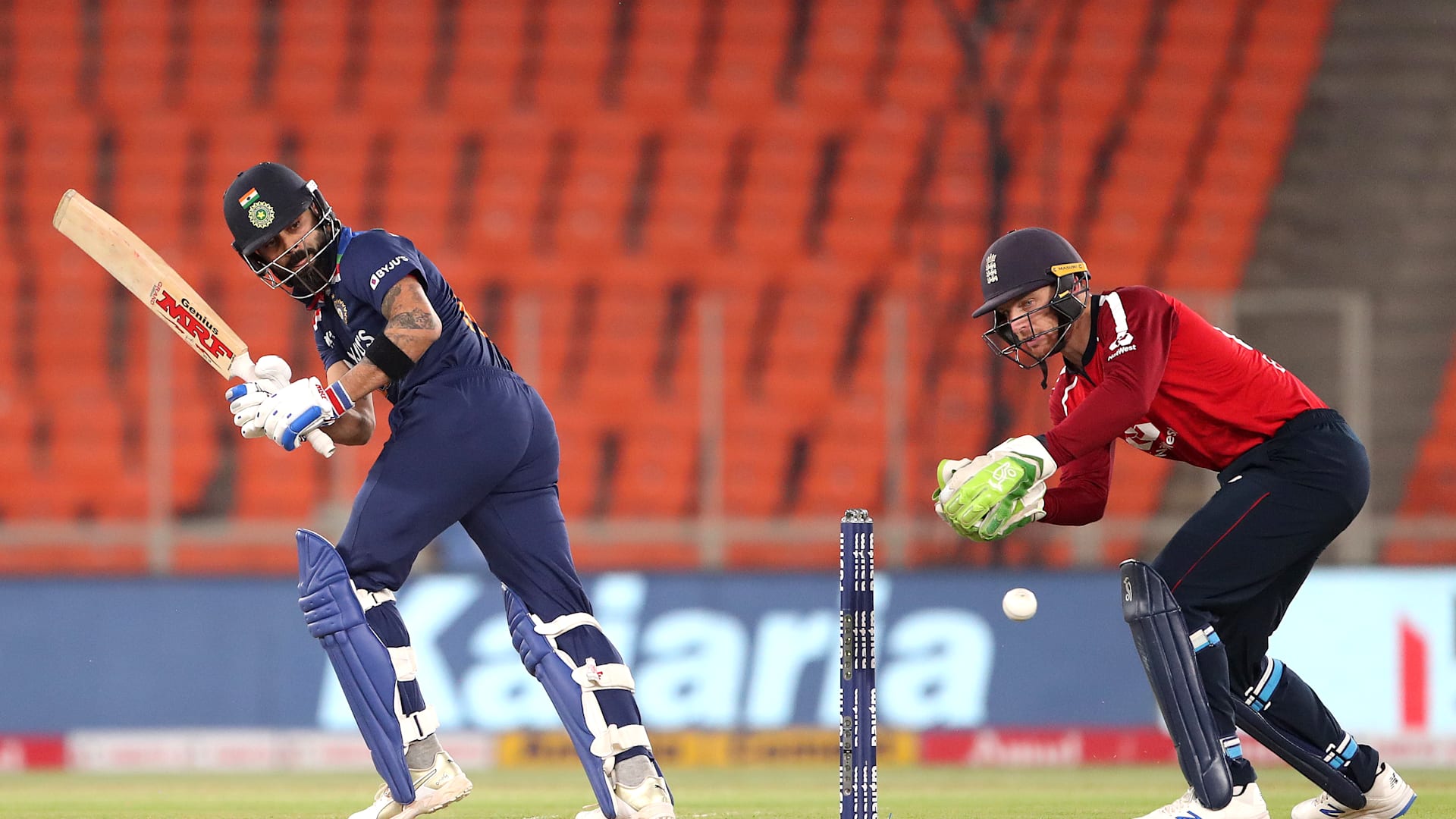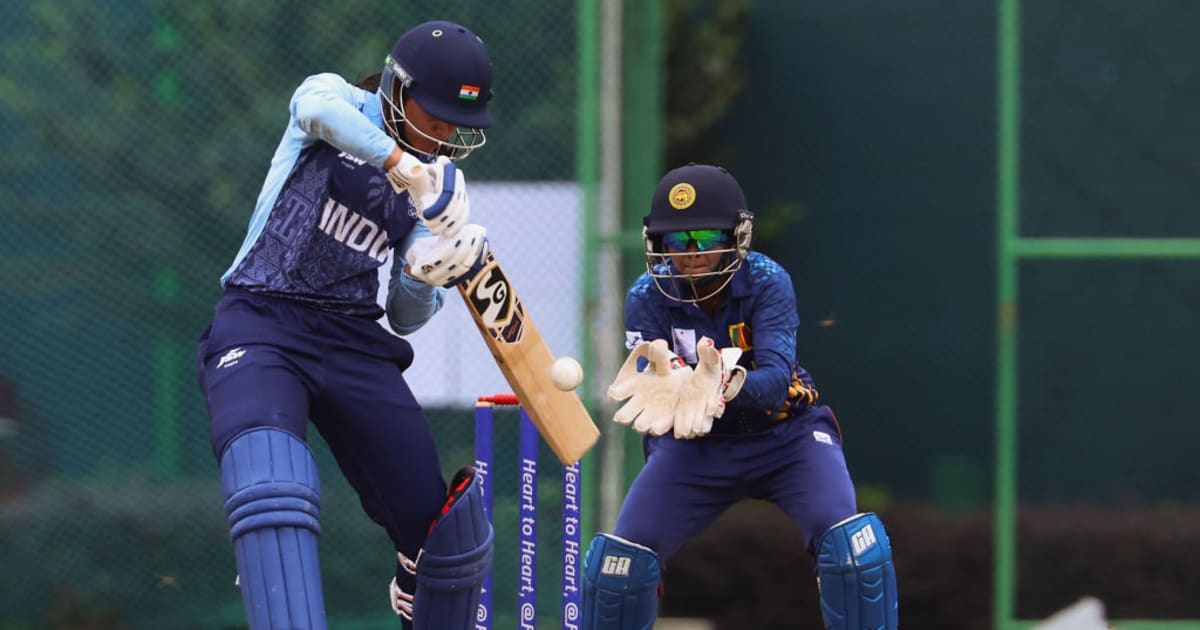As the anticipation builds for the Paris 2024 Olympics, one of the most exciting additions to the Olympic program is cricket. This iconic sport, known for its rich history and passionate following, promises to deliver dynamic matches and stellar performances that will captivate audiences worldwide. The Olympic stage presents a unique opportunity for cricket to reach new fans, showcasing the athleticism, strategy, and drama that define this beloved game.
The Essence of Cricket
Cricket is a bat-and-ball sport played between two teams, each consisting of 11 players. The game unfolds on an oval-shaped field, with a 22-yard-long pitch at its center. Cricket encompasses various formats, but the Olympic tournament will likely feature the Twenty20 (T20) format, known for its fast-paced action and thrilling gameplay. Each team bats for a maximum of 20 overs, leading to a high-scoring and engaging spectacle.
Key Components of Cricket:
-
Batting Techniques: Batters aim to score runs by hitting the ball and running between the wickets or striking boundaries. Mastery of various shots, such as drives, cuts, and hooks, is essential for success. Batters must also possess the ability to read the game, adapting their strategies based on the bowler’s deliveries and the match situation.
-
Bowling Strategies: Bowlers aim to dismiss batters by delivering the ball in ways that make it challenging to score runs. Fast bowlers rely on speed and bounce, while spinners use guile and spin to deceive batters. Understanding pitch conditions and batter weaknesses is critical for effective bowling.
-
Fielding Skills: Excellent fielding can be a game-changer, with players needing agility, speed, and coordination to stop runs and take catches. Good field placements and quick decision-making enhance a team’s defensive capabilities, often turning the tide in tight matches.
The Olympic History of Cricket
Cricket has a storied past, but it has never been part of the Olympic Games in its traditional format. The sport made its first and only appearance at the Olympics in 1900 in Paris, where Great Britain and France competed. However, the event did not gain traction, and cricket was subsequently excluded from future Olympics.

The inclusion of cricket in the Paris 2024 Olympics marks a significant milestone, allowing the sport to showcase its thrilling nature on a global stage. The T20 format, known for its entertainment value and accessibility, will be instrumental in attracting new fans and participants.
Training and Preparation for Athletes
Competing in the Paris 2024 Olympics requires rigorous training and preparation, focusing on skill development, fitness, and mental resilience. Cricket players engage in a comprehensive regimen that includes:

-
Skill Development: Athletes dedicate countless hours to honing their batting, bowling, and fielding skills. This involves technical drills, match simulations, and strategic practice sessions to develop individual and team tactics.
-
Fitness and Conditioning: Cricket demands a high level of physical fitness, encompassing endurance, strength, and agility. Players engage in conditioning programs that include cardiovascular training, strength exercises, and flexibility routines to enhance their on-field performance.
-
Mental Conditioning: The psychological aspect of cricket is crucial, especially in high-stakes situations. Players work with sports psychologists to develop mental toughness, focus, and strategies for managing pressure during critical moments in a match.
The Thrill of Competition
The excitement of cricket lies in its unpredictability and the dramatic narratives that unfold during matches. Key elements contributing to the thrill of competition include:
-
Intense Rivalries: Cricket boasts a rich history of rivalries, with teams vying for supremacy on the international stage. Matches between traditional rivals often bring heightened emotions and intense competition, captivating audiences and elevating the stakes.
-
Last-Minute Drama: Cricket is renowned for its ability to produce nail-biting finishes. Whether it's a last-over thriller, a dramatic run chase, or a game-deciding catch, the sport is full of moments that keep fans on the edge of their seats.
-
Cultural Celebration: Cricket serves as a unifying force in many countries, transcending cultural boundaries. The Olympic setting will foster camaraderie among participating nations, celebrating the shared love for the sport and creating lasting memories.
The Role of Technology in Cricket

Technology has significantly transformed cricket, enhancing player performance, training, and fan engagement. Key advancements include:
-
Data Analytics: Teams leverage data analytics to assess player performance, analyze opposition strategies, and make informed decisions during matches. Metrics such as player statistics, shot success rates, and bowling averages provide valuable insights for coaches and players.
-
Video Analysis: High-definition video technology allows players to review their performances, focusing on technique and decision-making. Analyzing game footage helps players identify areas for improvement and refine their skills.
-
Umpire Decision Review System (DRS): The DRS has revolutionized decision-making in cricket. Technology such as ball-tracking and UltraEdge assists umpires in making accurate decisions, reducing the margin for error and increasing the fairness of the game.
The Cultural Impact of Cricket

Cricket is more than just a sport; it is a cultural phenomenon in many nations. Its influence extends beyond the field, shaping identities and fostering community. The Olympic spotlight on cricket at Paris 2024 is likely to inspire increased interest and participation in the sport.
Grassroots initiatives and youth programs are essential for nurturing talent and promoting cricket among young players. The Olympic stage will encourage countries to invest in cricket development, ensuring that the next generation of athletes has access to resources and opportunities.
The Future of Cricket
![]()
The inclusion of cricket in the Paris 2024 Olympics heralds a new era for the sport, allowing it to reach a broader audience and inspire future generations. The increased visibility of cricket on the Olympic platform will likely lead to greater participation and engagement worldwide.
Promoting inclusivity and diversity within cricket will be crucial for its growth. Initiatives aimed at expanding access to cricket facilities and youth programs will help ensure that the sport remains vibrant and welcoming for all aspiring players, regardless of their background.









